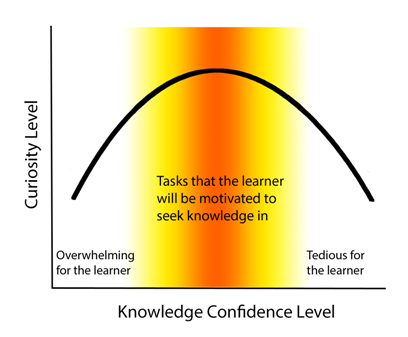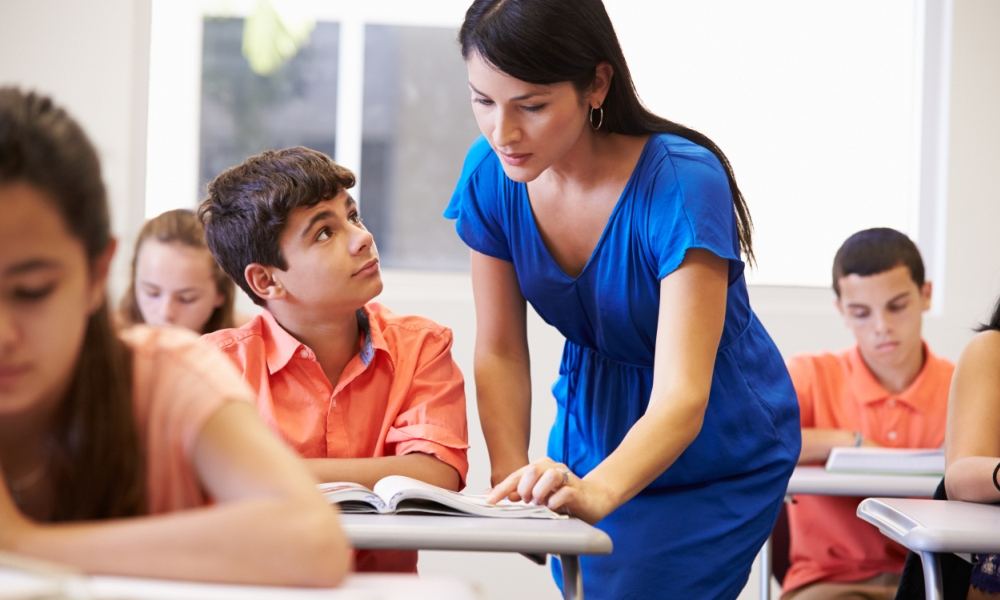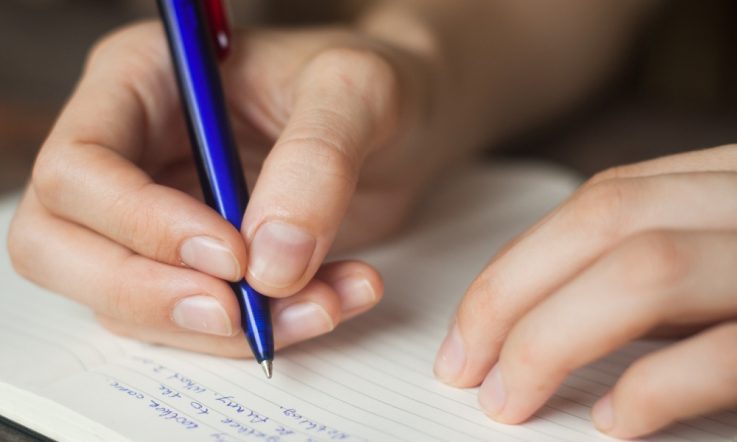Research has identified teacher feedback as a significant influence on student achievement in the classroom (Hattie, 2008).
In an effort to maximise academic growth, teachers have been encouraged to provide more feedback to their students. However, not all feedback is equal. If one of the goals of education is to create lifelong learners, how can teachers utilise feedback to promote this outcome?
Lifelong learners are intrinsically motivated to build on their existing knowledge. According to neuroscience-based theories of attention and learning, people are not passive recipients of information, but wired to test and predict where new information fits (Friston, 2010).
When there is a healthy level of uncertainty about a subject, with a sense of ‘knowing what you don't know', students will seek out information from their environment that will enable them to resolve the uncertainty. This process of updating is learning, and it is the role of the teacher to set the conditions to optimise this.

[Figure 1: The optimum level of curiosity is created by tasks where the learner is moderately confident in their knowledge of the topic. They know enough to have a basis on which to build more knowledge, but they aren't so confident that they feel they know it all and have nothing more to learn. Graph based on empirical results from Kang et al., 2009.]
Teachers can nurture this curiosity for learning by engaging students with information that is both personally relevant and appropriately challenging. Curiosity follows an arch-shaped pattern where the peak level sits between information that is completely unknown and information that an individual is highly confident in (Kang et al., 2009). When the information is already familiar and unchallenging, students will be bored and no learning will occur. Conversely, if the information is unfamiliar and inaccessible, students will be unable to integrate it with existing knowledge and, again, no learning will occur.
Feedback plays a crucial role in setting the preconditions, and supporting this learning.
The first step in this is to understand where to target students' learning, and capture curiosity. A key point to recognise is that students, in every learning situation, come with their own understanding about the world. This highlights a challenge for teachers: the best feedback will be adapted to the pre-existing beliefs of individual students. This can be aided by the feedback that flows from the student to teacher in communicating needs, strengths and weaknesses, and informing what the teacher can best do to impact learning (Hattie, 2009). This is especially important in establishing learner confidence levels, and designing learning experiences to stimulate curiosity.
Once the student is engaged in the learning process, the teacher should provide feedback that guides the student in a journey of discovery. Closed and non-specific feedback, such as programmed instruction and corrective feedback, should be avoided. Rather, teacher's feedback must support the learner's ability to test, predict, and challenge their understanding of a topic. The most significant impact on student achievement comes in the use of cues, which correct errors by getting the student to navigate their way forward using the prompts to guide them. This method of feedback can stimulate the equivalent of almost three years' growth (1.10 effect size) (Hattie & Timperley, 2007).
The student also needs a place in which they feel they can make errors. However, the use of non-specific feedback in the form of praise is cautioned, as this can lessen the impact of any deeper level feedback provided. Instead, teachers should reinforce the effort students invest to reach their goals. Understanding that when students are focused on achieving a grade, the impact of feedback is also diluted, teachers are advised to design meaningful formative assessment tasks that give students the freedom to challenge their assumptions.
In order to develop lifelong learners, the overarching goal of feedback should be to support the ability of students to self-monitor and self-regulate as they progress.
A key proposition of Hattie and Timperley's (2007) feedback model is that feedback doesn't only answer ‘How am I going?' (feedback), but also ‘Where am I going?' (feed up), and ‘Where to next?' (feed forward). This can be supported by communicating learning intentions, with carefully crafted success criteria that are accessible to learners and allow students the opportunity to self-regulate in moving forward.
Given this scaffold, in time students will develop the skills to identify these steps independently, and will ultimately be well prepared to succeed in today's ever changing environment.
References
Friston, K. (2010). The free-energy principle: a unified brain theory? Nature Reviews Neuroscience, 11(2), 127-138.
Hattie, J. (2008). Visible learning: A synthesis of over 800 meta-analyses relating to achievement. Routledge.
Hattie, J., & Timperley, H. (2007). The power of feedback. Review of educational research, 77(1), 81-112.
Kang, M. J., Hsu, M., Krajbich, I. M., Loewenstein, G., McClure, S. M., Wang, J. T. Y., & Camerer, C. F. (2009). The wick in the candle of learning: Epistemic curiosity activates reward circuitry and enhances memory. Psychological Science, 20(8), 963-973.
Check: The authors of this article highlight the importance of feedback that flows from the student to the teacher. Choose a topic you’re about to teach. Ask your students what their learning needs, strengths and weaknesses are.
Reflect: Think about a recent unit of work you’ve delivered. Did you incorporate learning experiences that stimulated students’ curiosity? How could you introduce these into the next series of lessons that you plan?



